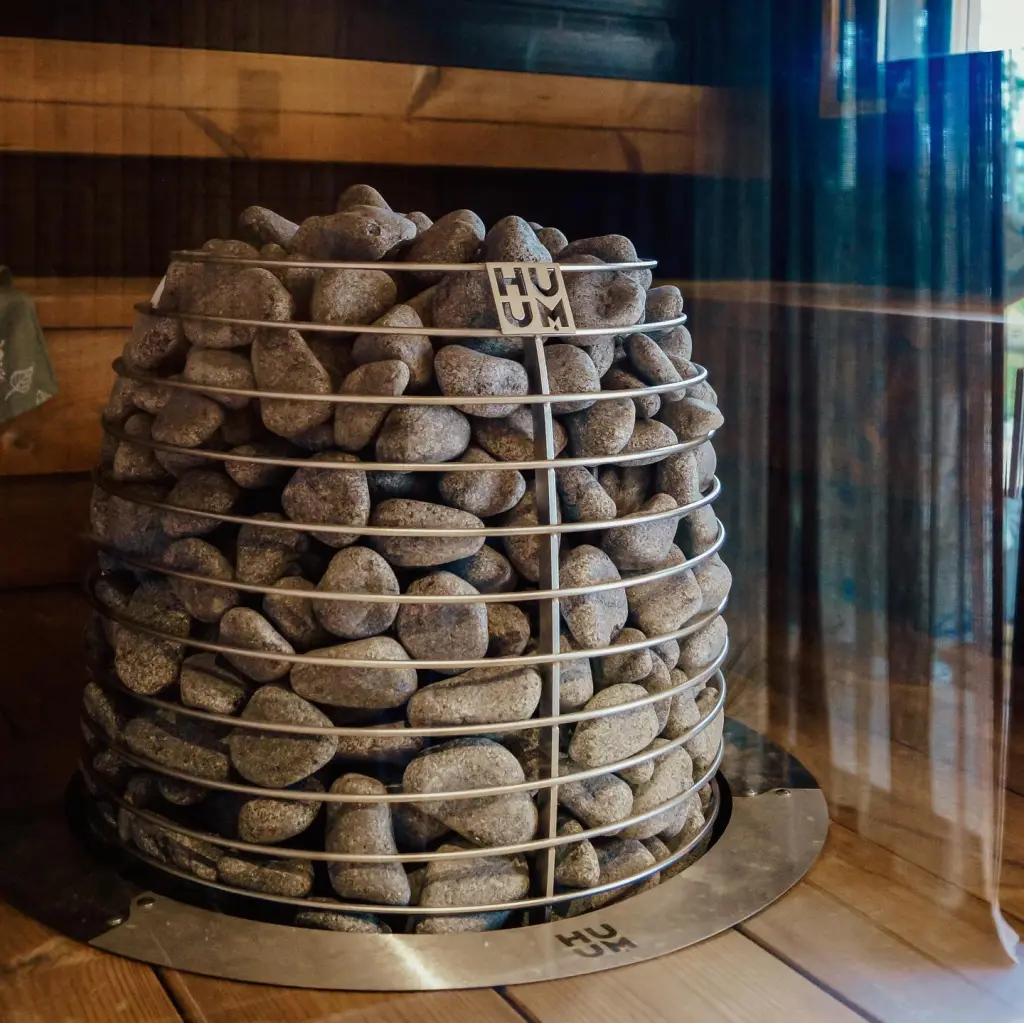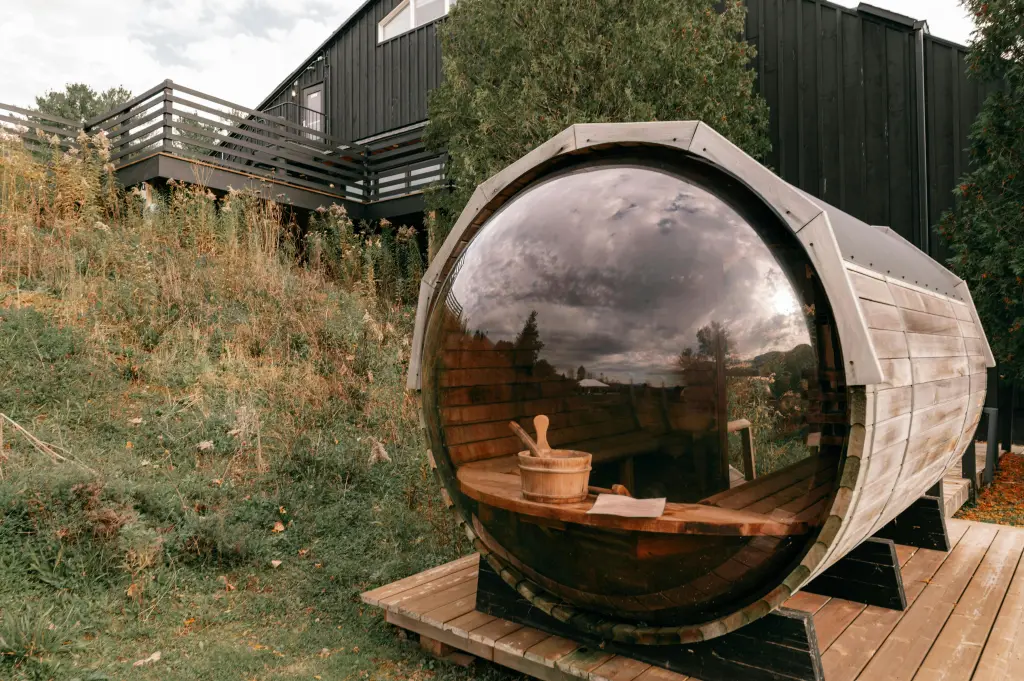
Saunas have been a cornerstone of health and wellness cultures around the world for centuries, offering not just a place for relaxation and socialization, but also numerous health benefits. From the traditional Finnish saunas to the modern infrared saunas, each type offers a unique experience with its own set of benefits. This guide will explore the different types of saunas available, their benefits, and provide advice on choosing the right type of sauna based on individual health goals and preferences.
Introduction
The tradition of sauna use dates back thousands of years, with each culture adapting the concept to its own needs and resources. Today, saunas are a global phenomenon, appreciated not just for their relaxation benefits, but also for their health advantages. Understanding the different types of saunas and their specific benefits can help you make an informed decision about which sauna experience will best suit your wellness routine.
Traditional Finnish Sauna
The Finnish sauna is the most traditional form of sauna, characterized by its dry heat. These saunas typically operate at temperatures between 70°C and 100°C (158°F to 212°F), with low humidity levels.
Benefits:
- Detoxification: The high heat induces sweating, helping the body rid itself of toxins.
- Improved Circulation: The heat causes blood vessels to dilate, improving circulation and lowering blood pressure.
- Muscle Relaxation: The heat helps relax muscles and alleviate pain, making it ideal for post-workout recovery.
- Stress Reduction: The quiet, warm environment offers a peaceful retreat, reducing stress and promoting relaxation.
Infrared Saunas
Unlike traditional saunas, which heat the air, infrared saunas use infrared lamps to warm your body directly. These saunas operate at lower temperatures, usually between 40°C and 60°C (104°F to 140°F), making them accessible to those who might find traditional saunas too intense.
Benefits:
- Deep Tissue Relief: Infrared heat penetrates deeper into the skin, offering relief for deep muscle tissue and joints.
- Detoxification at Lower Temperatures: The direct heat allows for detoxification benefits similar to traditional saunas but at more comfortable temperatures.
- Weight Loss and Improved Metabolism: Studies suggest that the body burns calories during a session, potentially aiding in weight loss and metabolism improvement.
- Skin Health: The deep penetration of infrared rays can improve skin health by boosting collagen production and promoting healing.
Steam Rooms (Turkish Hammam)
Steam rooms, often referred to as Turkish Hammams, emphasize humidity over heat. Temperatures in steam rooms are lower than in traditional saunas, usually around 40°C to 50°C (104°F to 122°F), but the humidity level is close to 100%.
Benefits:
- Respiratory Relief: The high humidity is excellent for clearing sinuses and relieving respiratory conditions.
- Skin Hydration: The moist heat opens pores and promotes skin hydration, offering a cleansing effect.
- Relaxation: The combination of warm humidity and heat offers a relaxing experience, helping to reduce stress.
- Detoxification: Like other saunas, steam rooms help the body sweat out toxins, though the process is aided by the moist environment.
How to Choose the Right Sauna for You
Choosing the right sauna depends on personal preference, health goals, and any existing health conditions. Consider the following when making your choice:
- Temperature Tolerance: If you prefer lower temperatures, an infrared sauna might be more comfortable than a traditional Finnish sauna.
- Humidity Preference: Do you prefer dry heat or moist heat? Your answer can determine whether a traditional sauna or a steam room is more suitable for you.
- Health Goals: Are you looking for muscle recovery, detoxification, respiratory relief, or skin health? Different saunas offer varying benefits that can match your specific health goals.
- Accessibility and Space: Infrared saunas are often more accessible for home installation due to their lower temperature and power requirements. Traditional saunas may require more specialized ventilation and heating systems.
Conclusion
Saunas offer a wealth of benefits, from detoxification and improved circulation to stress reduction and skin health. Whether you choose a traditional Finnish sauna, an infrared sauna, or a steam room depends on your personal health goals, preferences, and conditions. Each type offers a unique set of benefits, making saunas a versatile tool in your wellness routine. Understanding the differences can help you make the most informed decision to enhance your health and relaxation.






Leave a comment